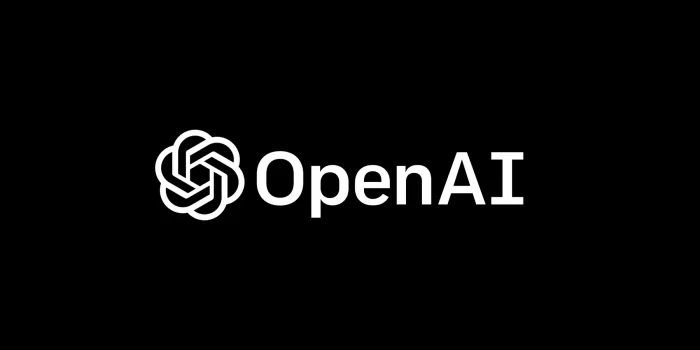The race to develop humanoid robots with cutting-edge AI brains is gaining momentum as companies like OpenAI and Figure are pouring big money into the sector. These humanoid robots, built around advanced AI capabilities, are poised to disrupt labor markets and the global economy, with the potential for near-unlimited investor returns for those who can get it right at scale.
The recent emergence of ChatGPT, a language model developed by OpenAI, has highlighted the rapid advancement of AI technology. While traditionally, AI has been used for desk jobs that require human intelligence, humanoid robots are now being developed with physical capabilities that could potentially take over portions of white-collar jobs, leading to increased productivity and, eventually, concerns about unemployment.

One of the key features of these humanoid robots is their ability to learn at an unprecedented pace. Equipped with swarm-based learning capabilities and GPT-version-X communication abilities, along with vast knowledge from the internet, these robots have the potential to become general-purpose workers with a wide range of skills. They may start as job-site apprentices with limited common sense, but their learning speed could be astonishing, as evidenced by recent advancements in AI technology.
These humanoid robots are also expected to be available 24/7, subject to power sources, which could lead to increased productivity and efficiency in various industries. As they gradually expand their capabilities and overcome their limitations, they have the potential to displace human workers in certain roles. This could potentially crash the cost of labor, leading to significant gains in productivity but also resulting in a fundamental upheaval of the blue-collar labor market. The size and scale of this disruption would be limited primarily by manufacturing capabilities, materials, and the types of jobs that these robots are capable of taking over.
One of the most well-known humanoid robots to date is Atlas, developed by Boston Dynamics. Atlas has shown impressive progress over the last decade, but it is currently positioned as a research platform, and the company has not rushed to take humanoid robots to the mass market, according to Boston Dynamics founder Marc Raibert.

The development and deployment of humanoid robots with advanced AI capabilities raise several questions and concerns. Ethical considerations such as the impact on human employment, the potential for misuse or abuse of AI-powered robots, and the need for regulation and safety standards are critical areas that need to be addressed as this technology continues to evolve.
In conclusion, the race to develop humanoid robot workers with cutting-edge AI brains is heating up, with companies like OpenAI and Figure investing significant resources in the sector. These humanoid robots have the potential to bring disruptive change to labor markets and the global economy, with the promise of increased productivity and efficiency. However, they also raise ethical concerns that need to be carefully addressed as the technology progresses. The future of humanoid robots in the workforce remains uncertain, but their potential impact on industries and society as a whole cannot be ignored.


